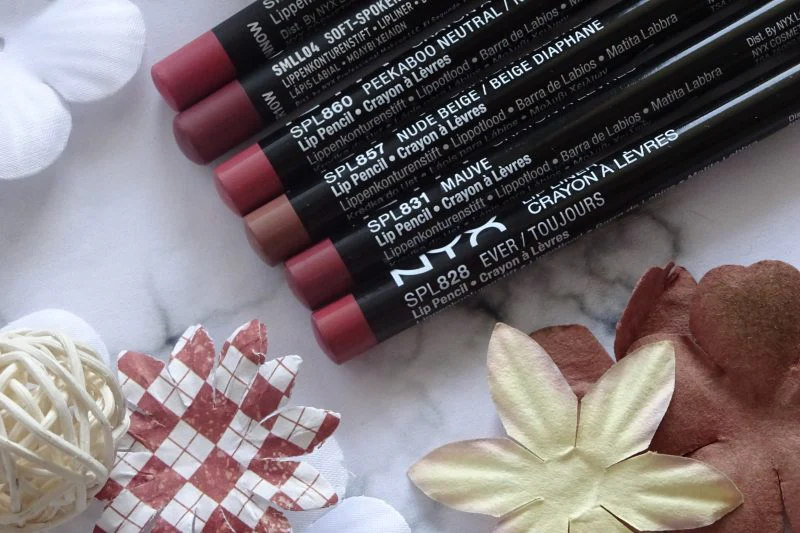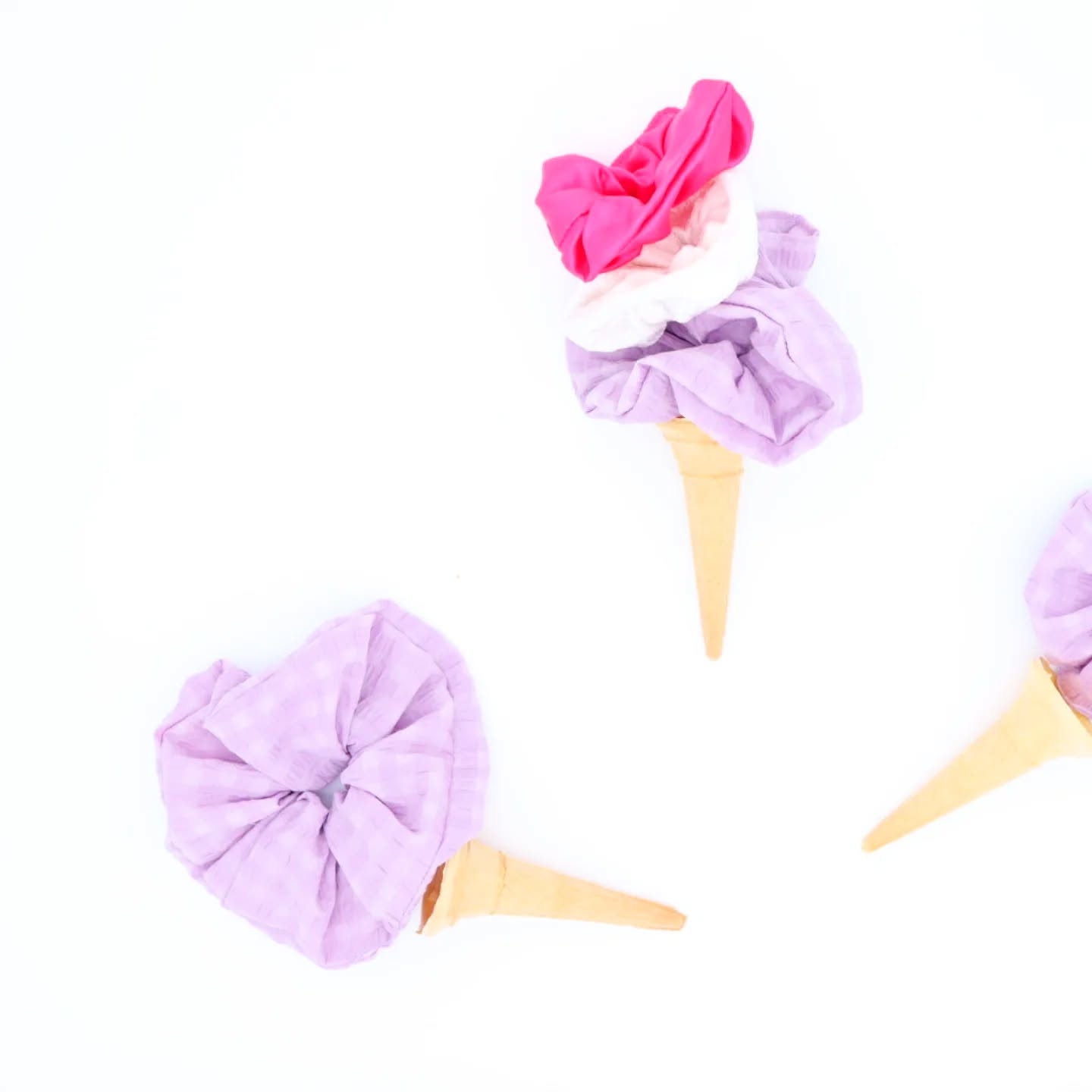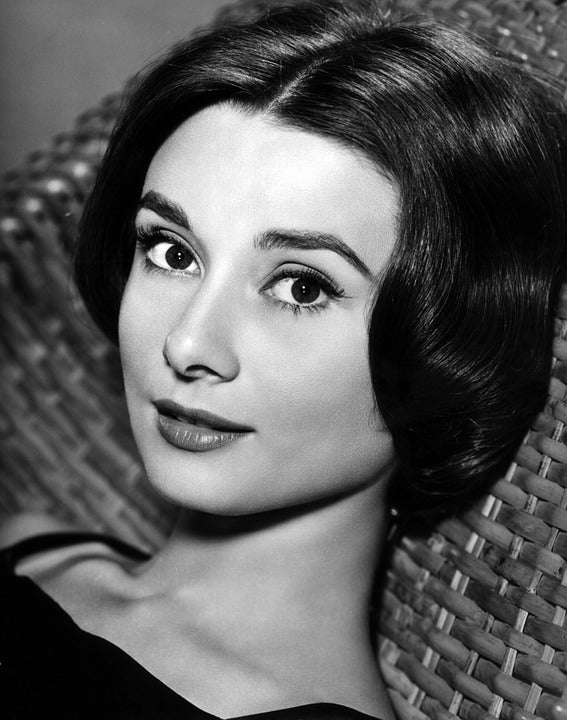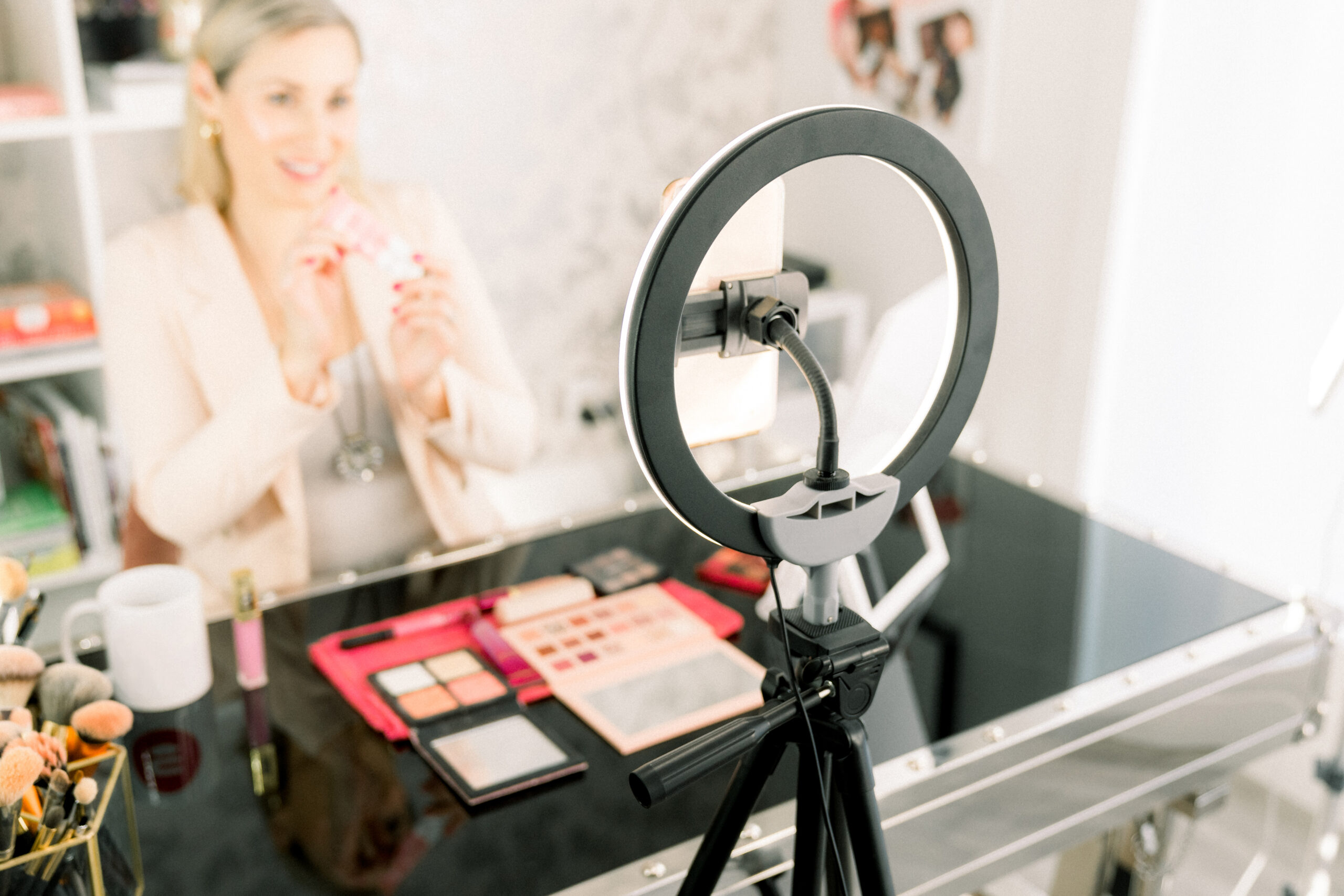10 Must-Read Tips for Dying Your Hair at Home
If you’ve ever tried to dye your hair at home, you will understand how difficult it can be. Dying your own hair at home isn’t as simple as applying hair color directly over your current shade and hoping for the best. Self dyed hair can turn out just as well as going to the hair salon but only if you know what you’re doing. These must-read top tips for dying your hair at home will equip you with everything you need to know to make dying your own hair a success!
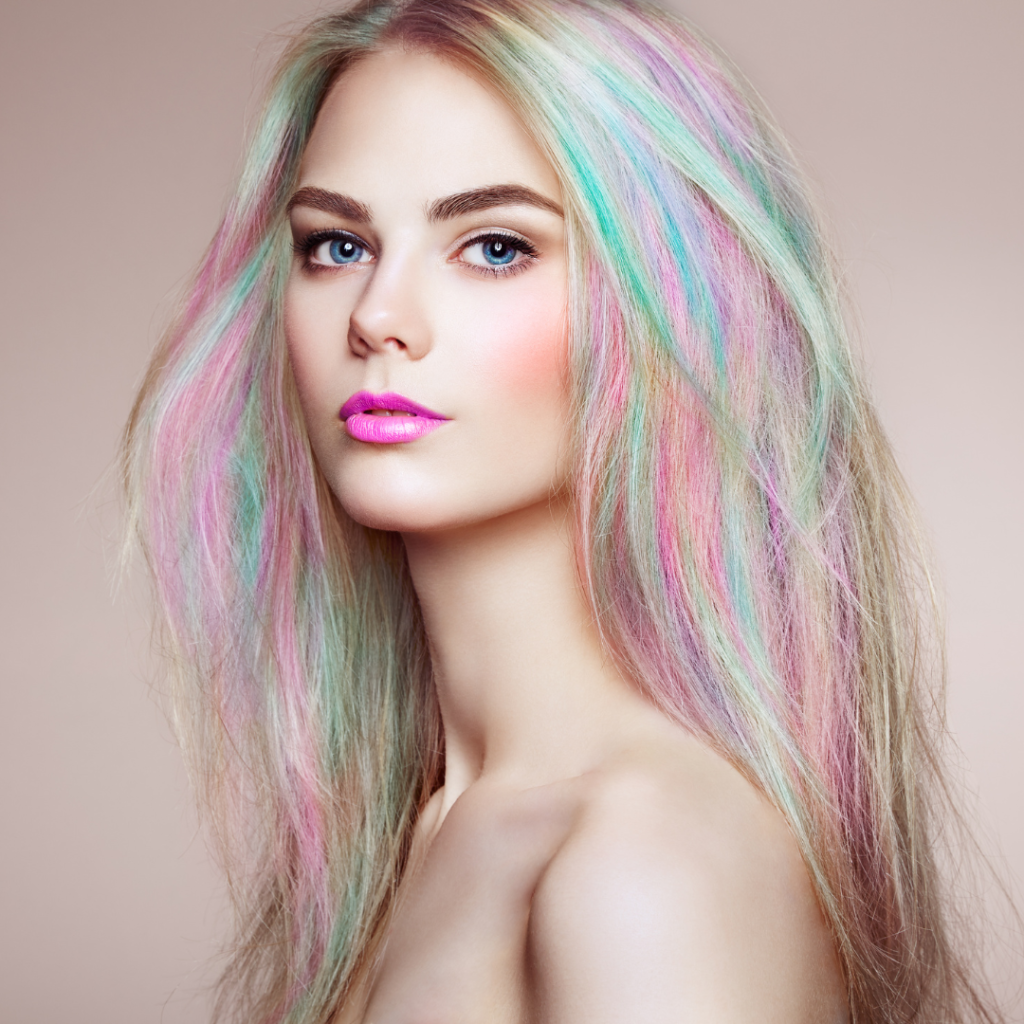
No matter whether you’re dying your roots or transforming your hair color completely, there are a few important points to understand before you reach for the bleach. If you’ve ever been left wondering why your at home hair color doesn’t turn out how you turn out the way you want then there are a number of potential reasons for this. It could be that you don’t understand how to mix tones, the hairdresser language on the packaging or the level of developer required to lighten your hair. While it’s not overly complicated to get to grips with understanding how to dye your own hair at home, knowing these tips will certainly help you achieve better results every time and save you money!
As the month rolls around and you’re contemplating booking a new salon appointment again to deal with your root outgrowth, you might be left wondering: “Should I try to dye my own hair at home and if so, how should I do it?” Not everyone feels comfortable enough to tackle a DIY hair dye job. Yet, we’re sure that many of you just can’t wait to top up your roots or transform your tresses.
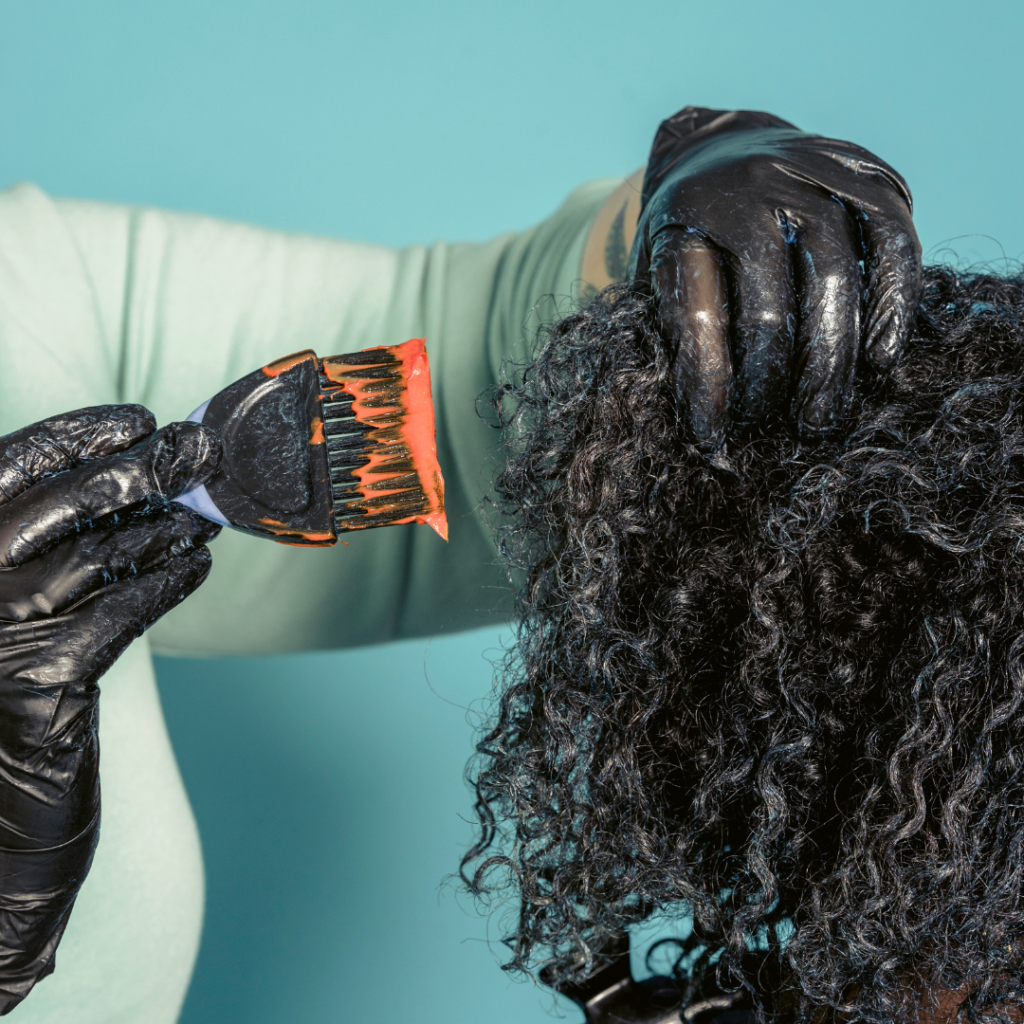
Here we have 10 essential tips for dying your hair successfully at home.
- Remember to always do a patch test first to avoid any allergic reactions. This is one of the most important tips for dying your hair at home.
- Don’t be too drastic! Choose a shade that is no more than four shades darker or lighter than your natural colour. If you’re wondering what colour to dye your hair, consider your skin tone and undertones for the best match.
- Part your hair into sections with clips to make applying the dye more manageable. This is especially helpful for those learning how to dye the back of your head without missing spots.
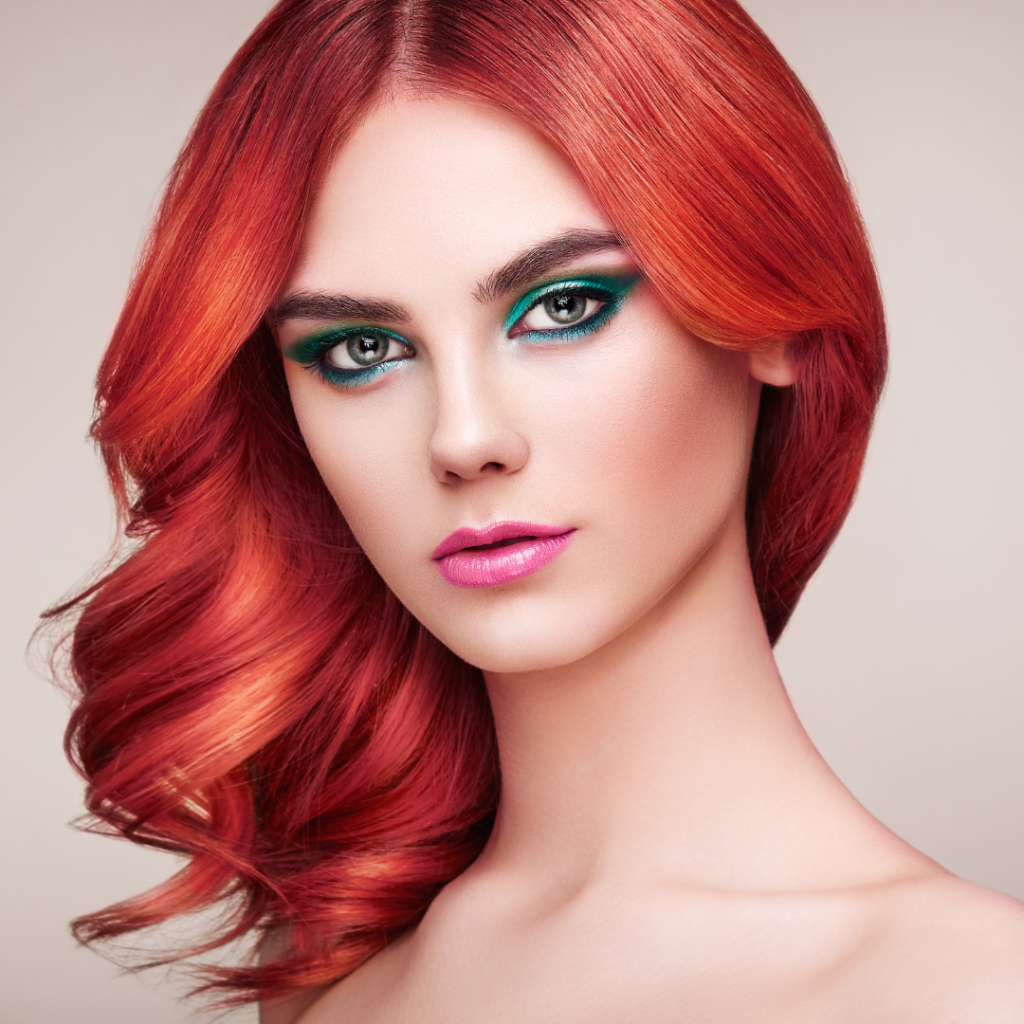
- If your hair is dyed blonde with root regrowth that you don’t want to dye yourself, use talcum powder to disguise your dark roots. Sprinkle the talc along your parting and buff it in using a makeup brush or your fingers. It will instantly lighten the appearance of your roots and is perfect for those with block colours.
- It’s not advisable to bleach your own hair at home, unless you really know what you’re doing. However, if you are using bleach to colour your hair, be careful not to apply the fresh bleach over hair that has already been bleached. It should only be used on your roots or on hair that hasn’t been dyed. Bleaching hair requires careful consideration of hair dye techniques to avoid damage.
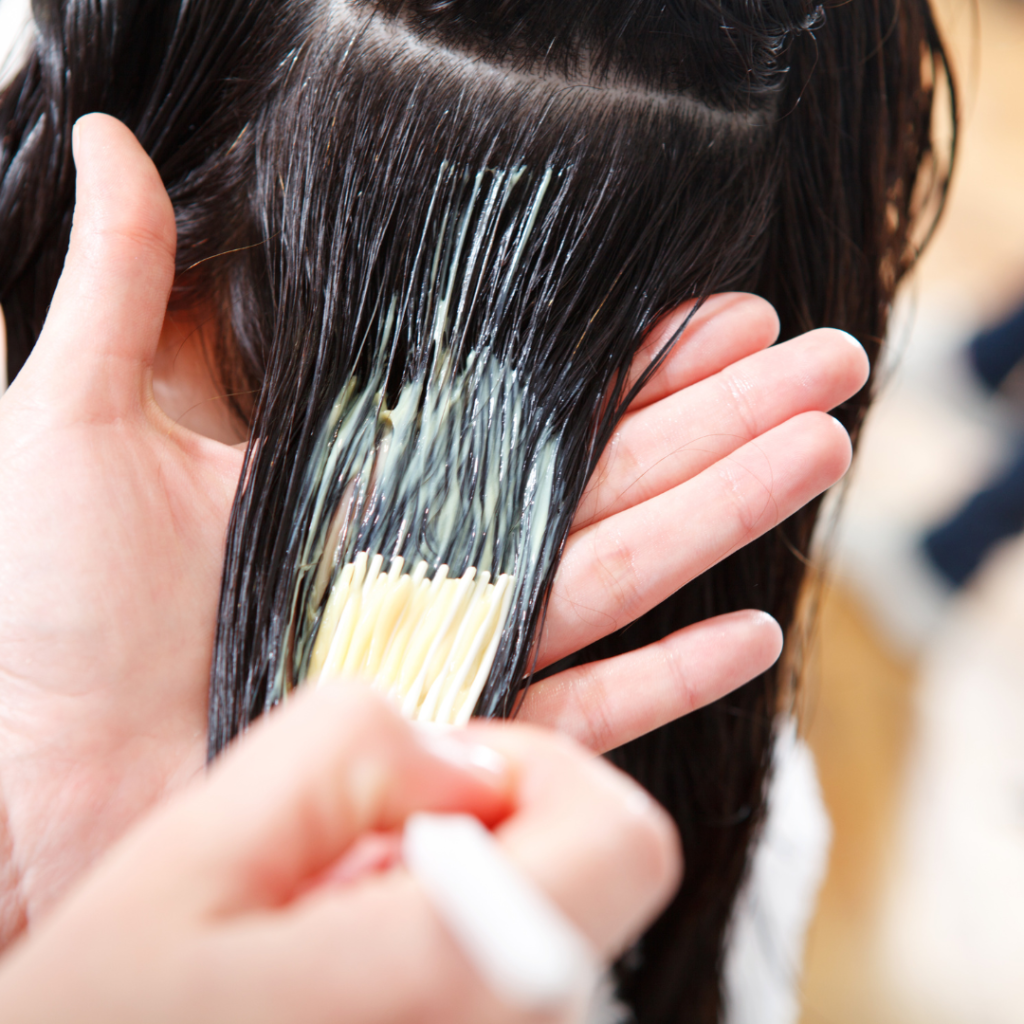
- Most box dyes are mixed together in an applicator bottle to make it easy for you to apply. Although this applicator was designed to make the application process easier for the consumer, it doesn’t work well for everyone. If you’re struggling with the bottle applicator method, try mixing up the dye mixture in a hairdressing mixing bowl and apply using a dye brush. This is one of the best at-home hair dye hacks for even application. This hair dying kit makes it easy to dye your hair at home!
- Consider the strength of the developer you’re using. Usually, boxed hair dying kits come with either a 10 or 20 volume developer. It’s important to understand how developers work before you rush in and use the wrong volume. A developer will either lighten or tone your hair colour. 10 volume developer will not lighten your hair, it will only tone it, which is why this strength of developer is used for darker hair dyes. 20 volume developer will lighten your hair up to two levels. 30 volume developer will lighten up to three levels. 40 volume developer is often used as a replacement for bleach when creating highlights. Be very careful when using 40 volume or above. If you require a stronger developer than 40 volume, it is best to use Olaplex or similar before gradually lightening your hair across several bleaching sessions. Understanding home hair dye tips like these will help you avoid common mistakes.
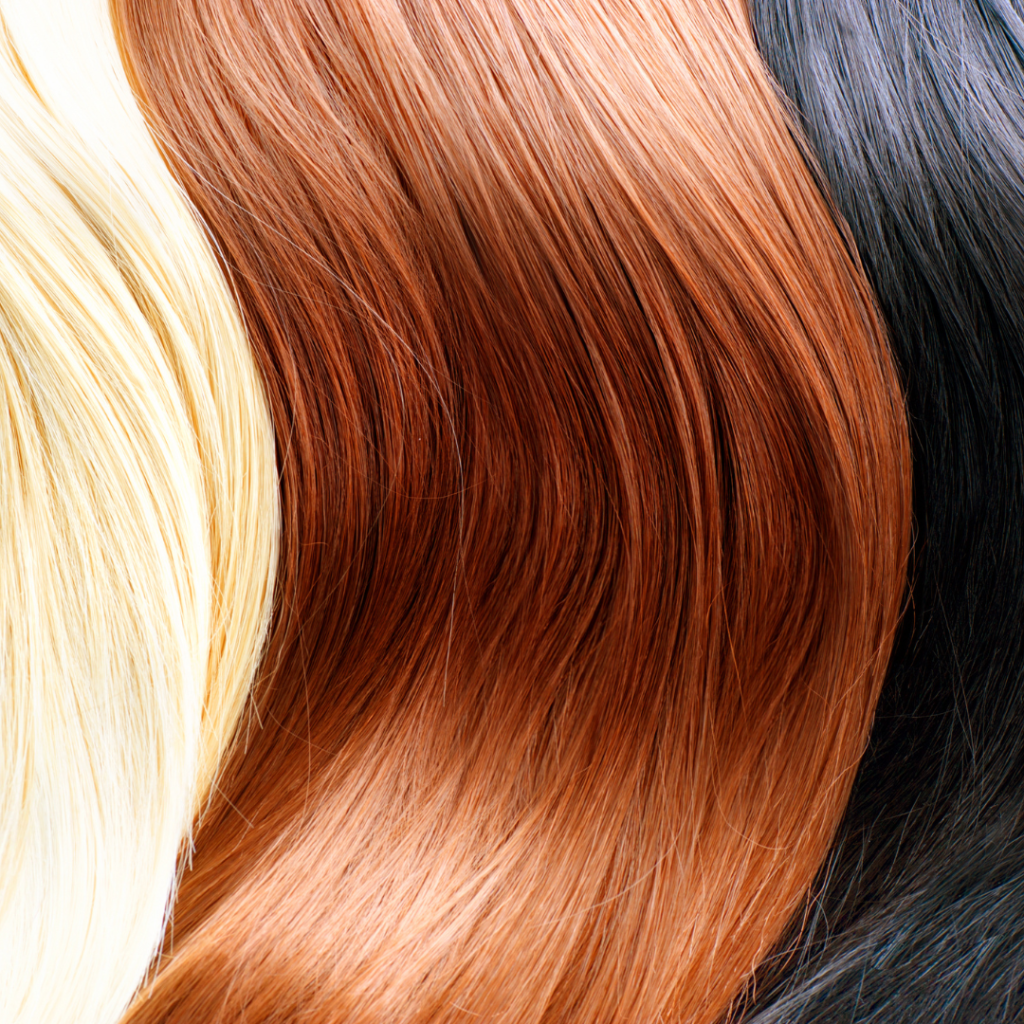
- If you want to cover up root regrowth on your lightened hair but don’t fancy lightening it yourself, choose a neutral ash-toned shade that’s just a few shades lighter than your natural colour. This will blend in better with your lightened hair and it’s far less risky than attempting to dye your hair blonde at home. Root touch-ups are an essential part of any dyed hair care routine.
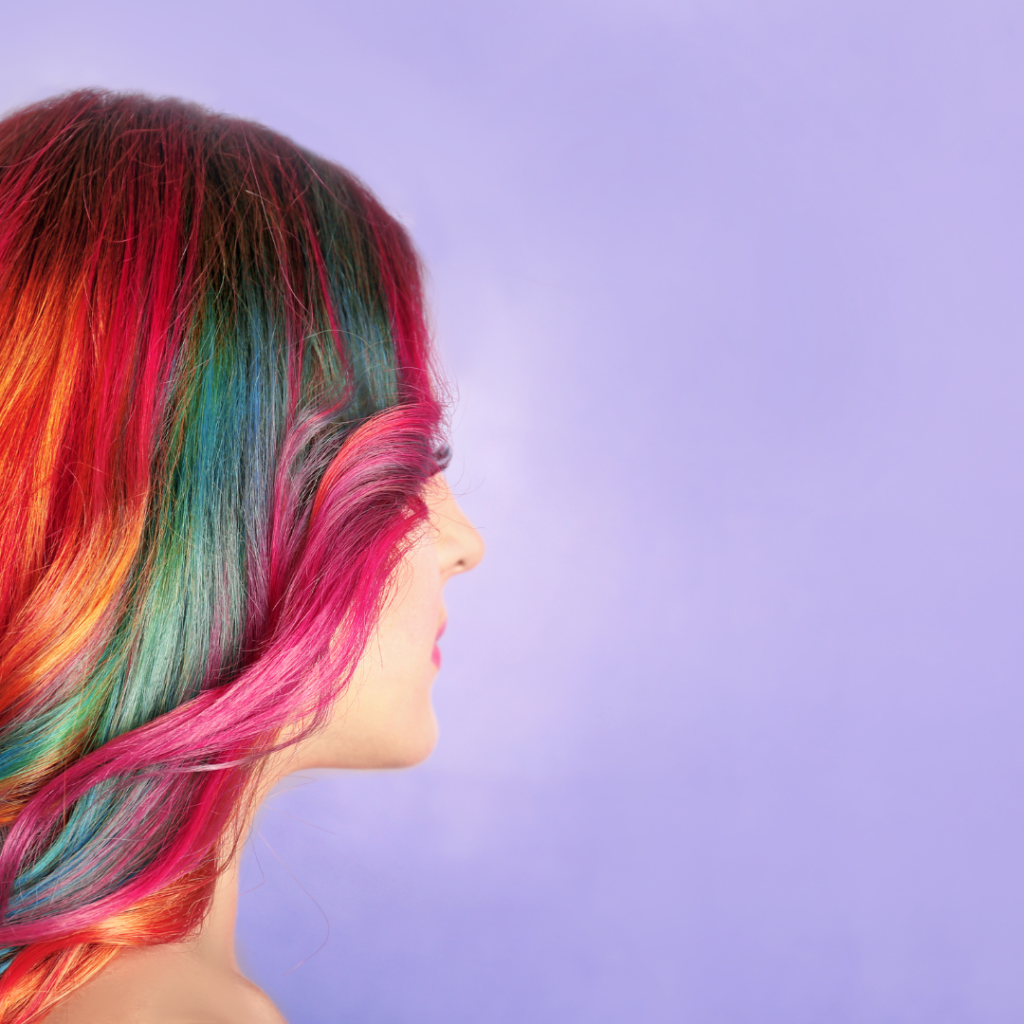
- Ever wondered what the numbers on hair dye boxes stand for? The numbers range from 1-10. Number 1 is the lightest – baby blonde and number 10 is the darkest shade – black. Number 4 is medium brown and number 7 is medium blonde. These numbers are key when learning how to dye your roots at home.
- Next to the numbers on box dyes you will see a letter. The letter you see represents the base tone in that colour. The letter will help you to understand how warm or cool the end result will be. Here’s a full list of every letter used and what each of them stand for:
· A – Ash
· B – Blue
· BV – Blue-Violet
· C – Cool
· G – Gold
· M – Mahogany
· N – Neutral
· NA – Neutral Ash
· NB – Neutral Brown
· NN – Natural/Neutral (no excess warmth)
· OR – Orange-Red
· P – Platinum/Purple
· R – Red
· RR – Really Red (red without brown)
· RB – Red-Brown
· RC – Red-Copper
· RO – Red-Orange
· RV – Red-Violet
· V – Violet
· VR – Violet-Red
· W – Warm
Hopefully these tips will help you to better understand how to choose an at-home hair dye, as well as how to achieve great results! Just remember to stay safe and always do a patch test. Also, if you still don’t feel comfortable dying your own hair at home then wait until the salons reopen to see a professional colourist.
Enjoy your new hairstyle!

